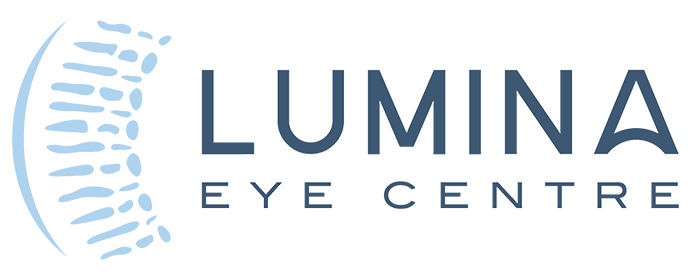The word “cataract” is used to describe a process affecting the lens of the eye, and for most people this is associated with advancing age. However, some people develop cataract in their 40s or 50s, and this is by no means old. Cataract can even affect very small children or even babies.
A common misconception is that cataract is a “skin” growing over the eye, and that surgery for it involves “scraping” it off.
In fact, cataract describes a condition where the lens of the eye is no longer clear and therefore does not do its job of clearly ocusing the light from the environment onto the retina so it can be converted into clear vision.
Cataract Surgery
Cataract surgery is one of the most commonly-performed operations in Australia, and for good reason – it is a miracle of modern medicine!
Surgery involves anaesthesia with drops (generally no injections) and “twilight” sedation. This gives you the fastest recovery time. “Keyhole” incisions made in the eye, and the following steps are undertaken:
- the front of the lens capsule (or “bag”) is carefully removed
- the core (or nucleus) of the lens is precisely and meticulously disassembled and removed using a specially-designed ultrasound machine and manipulating instruments
- an artificial intraocular lens (“IOL”) made of plastic is folded to fit through the keyhole incision and carefully inserted into the now-empty bag, where the diseased lens used to be
Most people see quite well the day after their operation, and vision continues to improve afterward as the eye recovers.
IOLs are all different
Because the artificial lens is stiff, it is fixed for a particular focal length. This means it will focus light very clearly from a particular distance, but objects closer or further from that ideal distance might not be sharp without the assistance of glasses.
Most people who have cataract surgery are used to seeing quite well in the distance, and to using a pair of glasses for computer work or reading. For them, we would usually recommend clear distance vision with minimum reliance on glasses, and continuing to use reading glasses for close work – just as they have in the past.
If you want to be rid of your glasses, there are options available to you. For example: non-diffractive extended depth-of-focus (EDOF) and diffractive trifocal lenses can be an excellent choice for some people, and can reduce your dependence on glasses. We will discuss your options at your consultation.
At Lumina Eye Centre, we will discuss your visual needs and desired outcomes in order to customise a solution for you.
